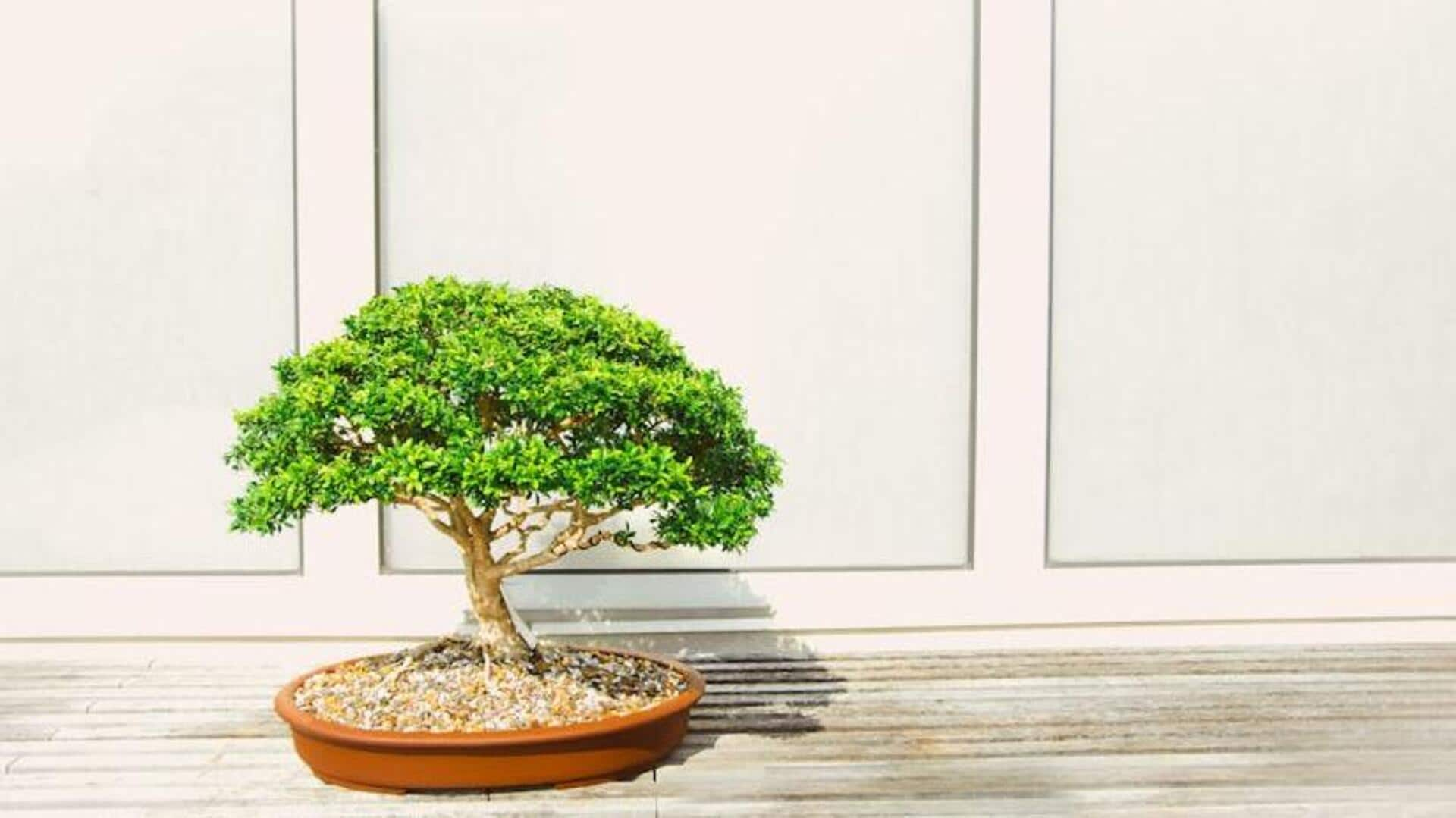
Tips for growing indoor bonsai olive trees
What's the story
Growing bonsai olive trees indoors can be quite rewarding, adding a touch of nature and elegance to your home. These miniature beauties require extra care to flourish in an indoor environment. From light and water to soil and pruning, knowing what they need is the key to successful growth. Here are some practical tips to help you grow healthy bonsai olive trees indoors, all year long.
Container selection
Choosing the right container
Selecting the right container is essential for your bonsai olive tree's health. It should have enough drainage holes to prevent waterlogging, which can damage the roots. The size should be big enough to allow roots to grow, but not so big that the tree becomes unstable. A shallow pot is usually preferred as it controls root expansion and adds to the beauty of a bonsai.
Light requirements
Providing adequate light
Like any other bonsai, bonsai olive trees require plenty of sunlight to flourish indoors. Position them close to a south-facing window where they can receive at least six hours of direct sunlight each day. If natural light is lacking, consider using grow lights to supplement their needs. Consistent exposure ensures healthy photosynthesis and robust growth.
Watering needs
Watering techniques
Proper watering is crucial for indoor bonsai olive trees. Let the top inch of soil dry out between waterings but don't let it get completely dry or too saturated. Use room temperature water and ensure even distribution across the surface of the soil. Monitoring moisture levels prevents root rot and promotes healthy development.
Soil mix
Soil composition essentials
A well-draining soil mix is critical for indoor success of bonsai olive trees. Mix organic matter such as peat moss with inorganic elements like perlite or sand to improve drainage while holding nutrients. This balance avoids compaction and promotes healthy roots, which is vital for overall tree health.
Pruning techniques
Pruning practices
Regular pruning keeps your bonsai's shape intact and promotes new growth in desired areas. Trim back branches that disturb symmetry or seem unhealthy with sharp scissors or shears specifically made for bonsais. Pruning also helps in controlling size, while promoting air circulation in foliage, and reducing the risk of disease over time.